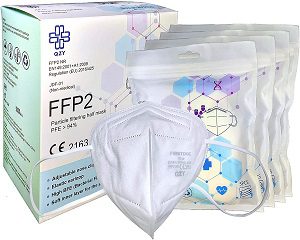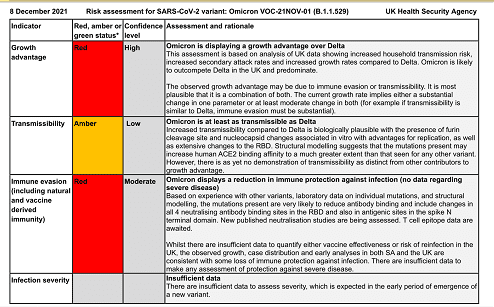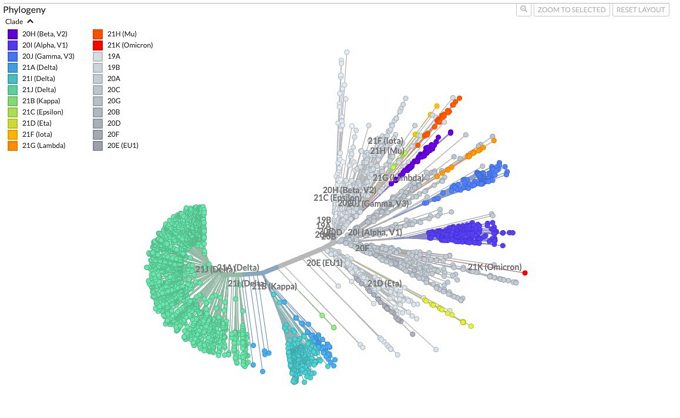
FFP2 masks more effective at preventing Covid infection than vaccines
Max Planck: “When both wear a surgical mask, while the infectious is speaking, the very conservative upper bound remains below 30% after 1h, but, when both wear a well-fitting FFP2 mask, it is 0.4%”
We find, for a typical SARS-CoV-2 viral load and infectious dose, that social distancing alone, even at 3m between two speaking individuals, leads to an upper bound of 90% for risk of infection after a few minutes.
If only the susceptible wears a face mask with infectious speaking at a distance of 1.5m, the upper bound drops very significantly; that is, with a surgical mask, the upper bound reaches 90% after 30 min, and, with an FFP2 mask, it remains at about 20% even after 1h.
When both wear a surgical mask, while the infectious is speaking, the very conservative upper bound remains below 30% after 1h, but, when both wear a well-fitting FFP2 mask, it is 0.4%.
We conclude that wearing appropriate masks in the community provides excellent protection for others and oneself, and makes social distancing less important.
Max Planck Preprint: An upper bound on one-to-one exposure to infectious human respiratory particles
Max Planck Article: Face masks effectively limit Sars-CoV-2 transmission
Scotland: 88% of Covid deaths and 66% of new Covid cases are fully vaccinated





